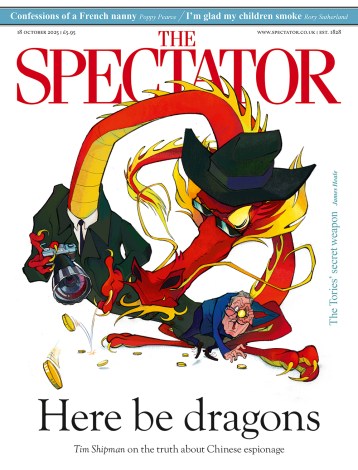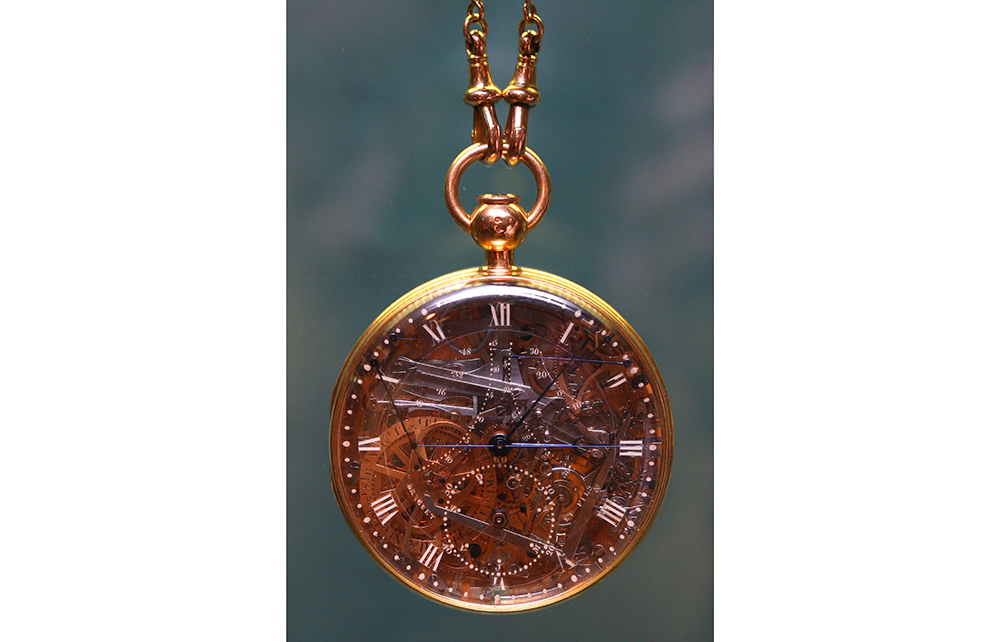Humans live rigidly by the ticking hand of the clock, but few notice the passing of time with such precision as a horologist. Horology is the science of measuring time, and Rebecca Struthers is the first watchmaker in British history to earn a doctorate in antiquarian horology.
After the Black Death, a wave of memento mori art swept Europe in the form of macabre cadaver tombs
In her debut book Hands of Time she offers a personal history of time and watchmaking, inviting the reader inside her remarkable world. At her workshop in the Birmingham jewellery quarter, she dissects mechanisms that are ‘often smaller than a grain of rice’. Timepieces she has handled range from 18th-century pocket watches to Omega and Rolex wrist watches. One that landed on her desk was a silver Movado wrist watch which, with its owner, survived a crash landing on 9 June 1940 when the three-man crew of a Bristol Blenheim light bomber was gunned down over Normandy:
Chunks of metal had been knocked out of the case, the strap had broken and the rotating bezel he’d used to measure bombing intervals was long gone, but both watch and its owner had made it – battle scarred, but alive and ticking.
Struthers weaves such tales into her book to tell the story of time, for ‘time thrums constantly underneath everything we do. It is the backdrop and the context for our existence and our place in what is now a supremely mechanised world’; and a watch is ‘an inanimate but uniquely human repository of life itself’.
Since the first humans, time has determined the rhythms of life through the cyclical nature of day and night, the sun and the moon. In 1940, archaeologists discovered a 44,000-year-old piece of baboon fibula, the length of an index finger, carved with 29 notches. What were these trying to calculate? Some scholars suggest the lunar phase cycle, averaging 29.5 days a month. Others that it relates to the menstrual cycle. A pervading theme in Struthers’s book is the human connection to such objects, whether it is handling a timepiece weathered through generations of experience or a bone fragment thumbed by a woman to predict her periods by the waxing and waning of the moon.
Where the reproductive cycle brings life, time also inevitably brings death. Following the Black Death in the 14th century, a wave of memento mori art swept Europe in the form of macabre monuments known as cadaver tombs. A carving of the deceased would rest above, while below the body was shown decayed, worm-infested and emaciated. These tombs were meant to be a reminder of our fate.
The morbid trend developed further in the 16th century, when the spectre of death was carried on one’s person. In her chapter ‘Tempus Fugit’, Struthers describes the silver skull watch, ‘about the size of a small satsuma’, once thought to have been owned by Mary Queen of Scots. Engraved on the skull’s forehead ‘a scythe-brandishing skeleton stands with one foot at the door of a palace and the other at the door of a cottage – a reminder that Death haunts prince and pauper alike’. This watch was a devotional timepiece, but its purpose is affecting to ‘anyone who has ever brushed against the edges of their mortality’.
Time may have power over life and death, but we have harnessed time in relation to our functional day-to-day. Alfred the Great used candle clocks like a ‘modern-day productivity guru, keeping a strict daily schedule consisting of eight hours for work, eight hours for study and eight hours for sleep’. His clocks – six candles taking four hours to burn with 12 equally spaced divisions, each taking 20 minutes to diminish – have their modern equivalent in the Pomodoro method, a concentration technique of 25-minute focus periods with five-minute breaks between them. Nine centuries later we have the advent of major industrial development, which forged the draconian idea of ‘working to the clock’, when time became a commodity, and labour went untempered by seasonal restrictions.
Struthers eloquently demonstrates that time can only be understood by humans in relation to nature, memory and mortality. She delivers her story through her professional understanding of horology and her personal relationship with the pieces she handles. Every page glitters with details of her experience and the people she has learned from. The book is evidence of a lifelong labour of love, and reading it is time well spent.






Comments